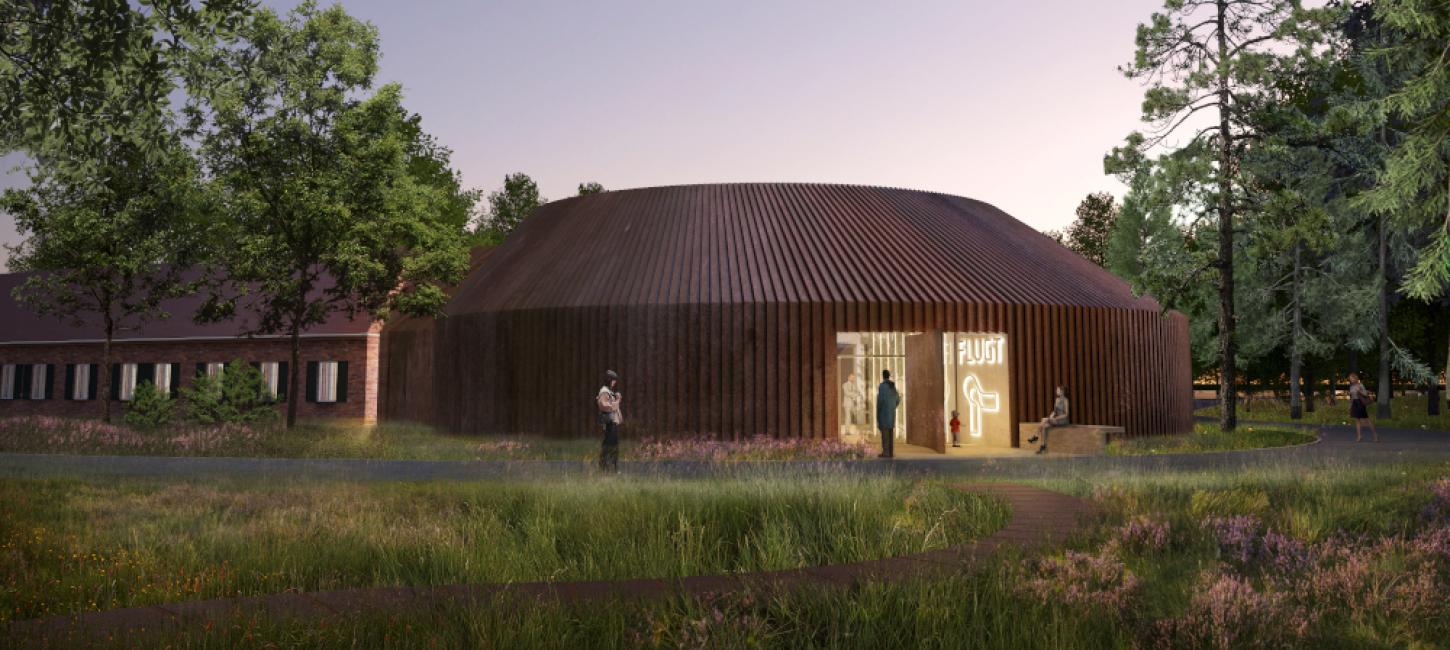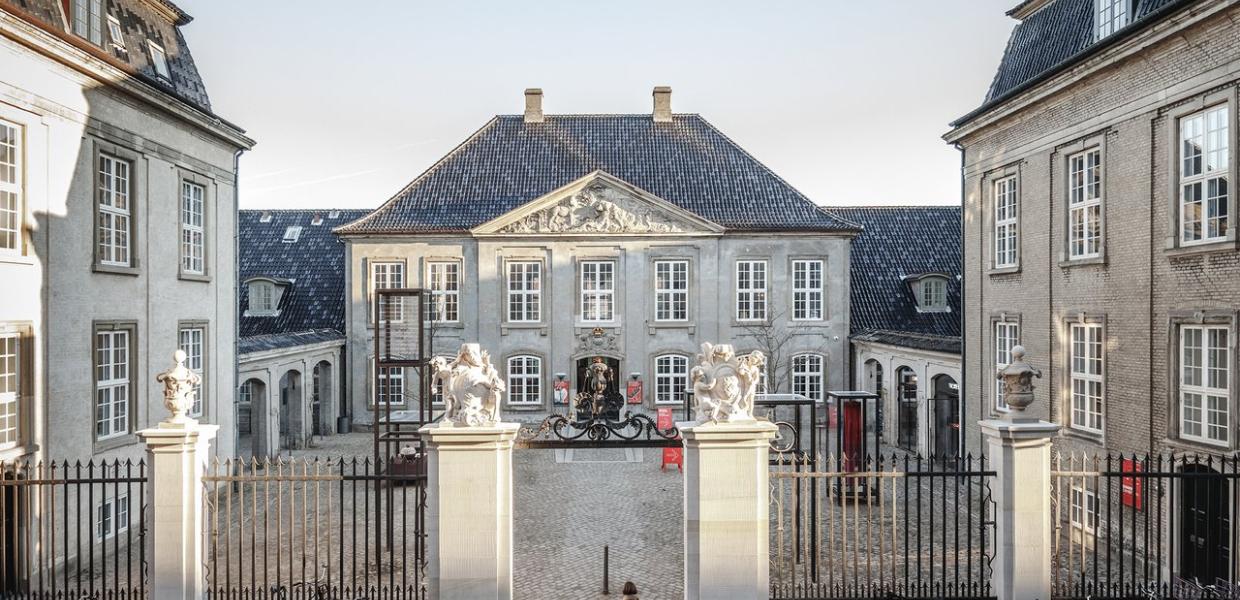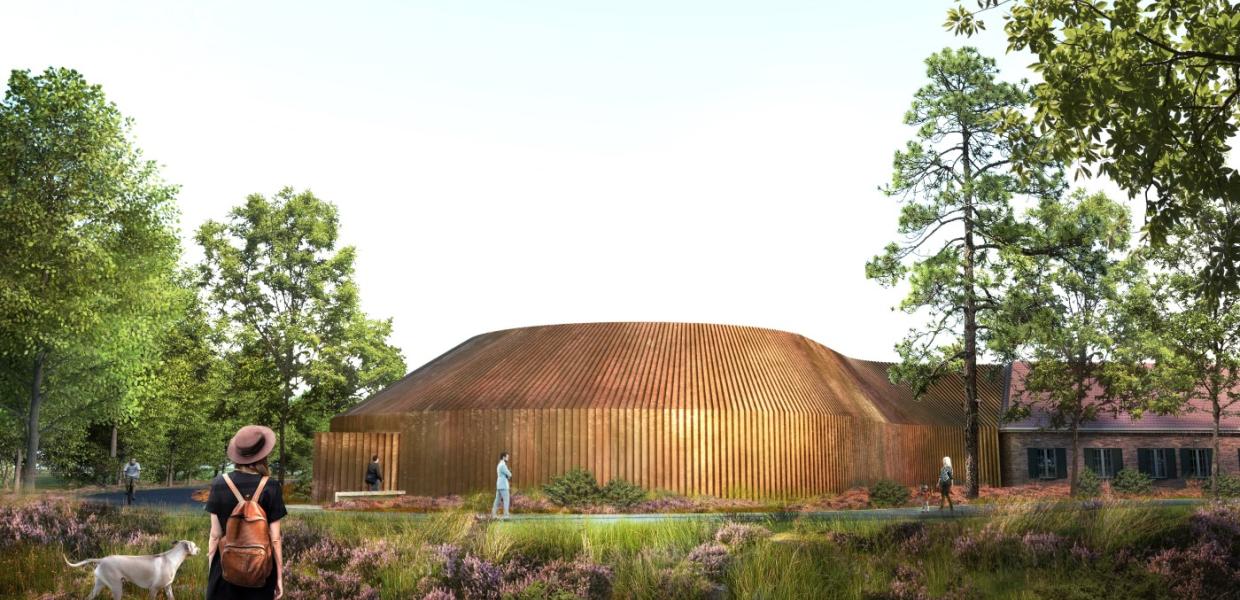
Two museum openings not to miss in June
This June sees the opening of two much-anticipated museums in Denmark. One is a completely new opening and the other is a reopening, following two years of renovation.
Designmuseum Denmark reopens 19 June 2022
The museum’s history
The historic Designmuseum Denmark has been closed for renovation for the past two years, but is now reopening with eight new exhibitions. The Copenhagen rococo building was originally Denmark’s first public hospital, but has housed the Designmuseum since 1927. Back then, the renowned mid-century modern designer Kaare Klint was in charge of transforming it from hospital to museum. He also taught, worked and lived at the museum at the time. During the renovation, the crumbling marble floors are being restored using the iconic tiles and original drawings from Klint’s 1920s transformation project.

Photo:Rasmus Hjortshøj
The new museum
The museum will focus on the past, present and future of Danish design including the new exhibition space AKUT, which looks at different contemporary themes through a design lens. The first theme is sustainability and fashion.
The eight new exhibitions
The opening program include eight different exhibitions:
- The Future is Present (19 June 2022 – 01 June 2023): Looking at how designers are working to solve global challenges.
- The Magic of Form (19 June 2022 – 20 August 2023): Goes on a journey through the history of Danish design
- Wonder (19 June 2022 – 31 December 2025): Show some of the most extraordinary objects from the museum’s collection
- Powerful Patterns (19 June 2022 – 31 December 2025: Looks at patterns as an artform between art and design
- Table-be-set! (19 June 2022 – 31 December 2025: Inspired by the table that sets itself in Grimm’s fairytales, it will include seven tables showing how table setting has evolved from the Renaissance to mid-century modernism and up until today.
- Akut (19 June 2022 – 30 September 2022): Shows what is stirring on the design scene right now, and offers new, global perspectives on design, arts and crafts.
- Danish Silver (19 June 2022 – 31 December 2025): Looks at the role of silver in Danish design history.
- In the Making (19 June 2022 – 31 December 2025): Invites guests in to the process of designing the objects that we surround ourselves with on a daily basis.


Find more information on Danish design in Copenhagen here.
FLUGT Refugee Museum of Denmark opens 25 June 2022
The new FLUGT (flee in Danish) museum aims to tell the stories of the largest refugee streams that Denmark has ever received, both historic and recent. The starting point is the stream of German refugees arriving in Denmark in the late stages of WWII, but also includes stories from refugees from e.g. Vietnam, Hungary, Afghanistan, Syria, and the most recent example, Ukraine. While the museum will not yet be telling personal stories from the Ukrainians, it will include the perspective of how they are greeted in Denmark.
The many lives of the museum building
The area, known as the Oksbøl Camp, used to house a Danish military camp of approx. 4 km2. During the German occupation, the camp was taken over by the Germans and used for their troops. As the war came closer to its end, German refugees where sent to Denmark and when the occupation ended, the Danes took over to responsibility for the refugees. The, at that time, 250,000 German refugees lived in larger camps throughout Denmark, including in the Oksbøl Camp, which housed 36,000 people, making it the then 5th largest “town” in Denmark.
The museum building itself was a military hospital and followingly a hospital for the refugees. It served as such till the end of the 1940s and the rest of the camp was removed in the 1950s. The remaining hospital building has been reimagined by renowned Danish architects, Bjarke Ingels Group (BIG).

Photo:Bjarke Ingels Group - BIG
The exhibitions
The north wing exhibition will focus on refugees throughout time, including interactive elements, personal stories and objects, whereas the south wing will be on the history of the Oksbøl Camp. One room will be made to mimic a movie theater, which was an important part of the camp. The idea was that movies and cultural experiences in general could serve as a healing factor, and the refuges would go there once a week. Today, the museum visitors will be able to see footage from the camp in the theater room.
On the grounds surrounding the museum, visitors will be able to experience installations from the camp that is no longer, wherever the traces are found. This will be done with an audio guide where a nurse, Alice, guides the listeners into the area and the camp as it stood in 1946.

Photo:Bjarke Ingels Group
The Bjarke Ingels architecture
The original hospital complex consists of two long buildings, which are very closed off towards the public. It had 40 small wards and operation rooms, which are now eight large exhibition spaces. Bjarke Ingels’ biggest new addition is a 500 m2 corner building, connecting the two existing wings. From the outside, the new building is similarly closed off with a red steel façade, but the inside opens up into a bright, high-ceilinged and cathedral-like space with windows overlooking a circular garden.
More coming later this year
More museum openings are planned for later this year. Communications museum Enigma will open 1 October and Cold War museum Regan Vest is planned for the end of the year.

PR & Press Manager, UK